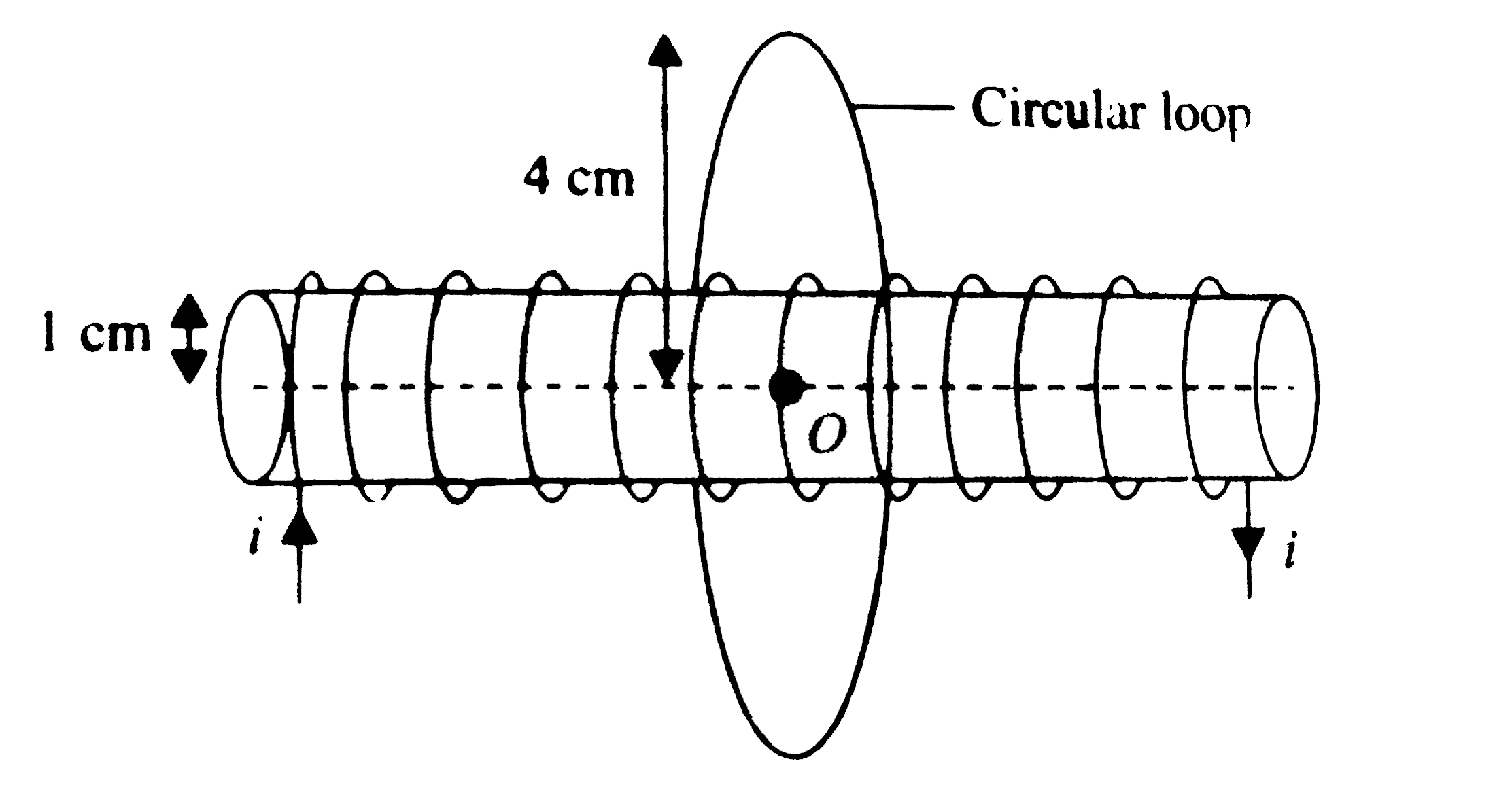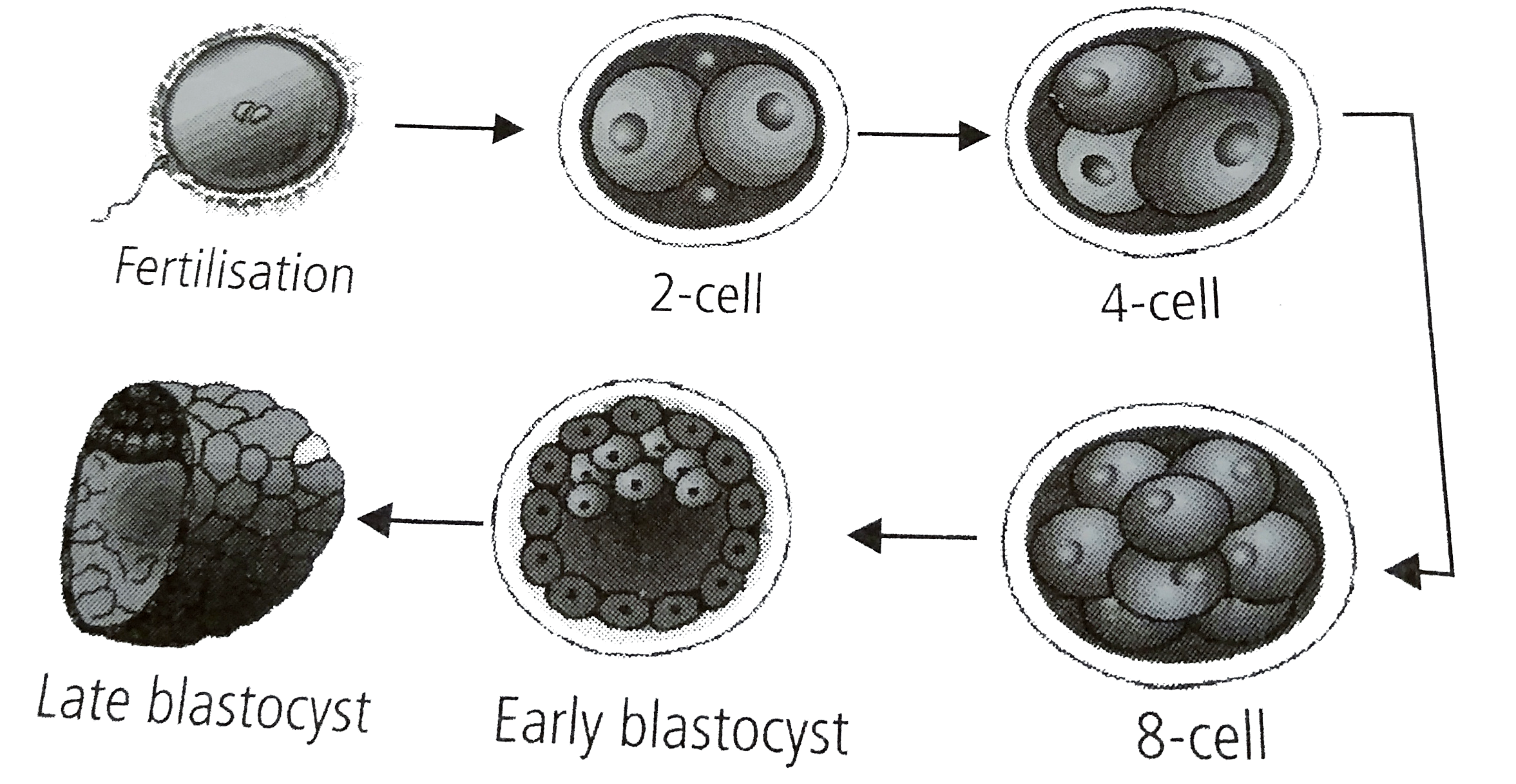Development of fruit without fertilisation is
Parthenogensis
Parthenocarpy
Apospory
Apogamy
The correct Answer is:B
Step-by-Step Solution:
1. Understanding the Question: The question asks for the term that describes the development of fruit without fertilization. This is a specific biological process that relates to how certain fruits can develop without the need for fertilization by pollen.
2. Identifying Relevant Terms: There are several terms related to reproduction and fruit development that might be relevant. The terms mentioned include:
- Parthenogenesis
- Parthenocarpy
- Epospory
- Epigamy
3. Defining the Terms:
- Parthenogenesis: This is the process where an organism develops from an unfertilized egg. It is common in certain species like turkeys, rotifers, and some lizards.
- Parthenocarpy: This is the development of fruit without fertilization, resulting in seedless fruits. This is the key term we are looking for.
- Epospory and Epigamy: These are types of parthenogenesis but are not directly related to fruit development without fertilization.
4. Identifying the Correct Answer: Based on the definitions, parthenocarpy is specifically the process that results in the development of fruits without fertilization. Examples of fruits that can develop this way include cucumbers and papayas, which are often seedless.
5. Conclusion: The correct term for the development of fruit without fertilization is Parthenocarpy.
Final Answer: Parthenocarpy
---
- Parthenogenesis
- Parthenocarpy
- Epospory
- Epigamy
- Parthenogenesis: This is the process where an organism develops from an unfertilized egg. It is common in certain species like turkeys, rotifers, and some lizards.
- Parthenocarpy: This is the development of fruit without fertilization, resulting in seedless fruits. This is the key term we are looking for.
- Epospory and Epigamy: These are types of parthenogenesis but are not directly related to fruit development without fertilization.
Topper's Solved these Questions
- ENVIRONMENTAL ISSUESBOOK - DINESH PUBLICATION ENGLISHCHAPTER - ENVIRONMENTAL ISSUESEXERCISE - Model test paper-3
100 Videos
- ENVIRONMENTAL ISSUESBOOK - DINESH PUBLICATION ENGLISHCHAPTER - ENVIRONMENTAL ISSUESEXERCISE - Model test paper-4
100 Videos
- ENVIRONMENTAL ISSUESBOOK - DINESH PUBLICATION ENGLISHCHAPTER - ENVIRONMENTAL ISSUESEXERCISE - Model test paper-1
100 Videos
- ECHINODERMATABOOK - DINESH PUBLICATION ENGLISHCHAPTER - ECHINODERMATAEXERCISE - REVISION QUESTIONS
65 Videos
- EVIDENCES OF EVOLUTIONBOOK - DINESH PUBLICATION ENGLISHCHAPTER - EVIDENCES OF EVOLUTIONEXERCISE - CHECK YOUR GRASP
19 Videos
Similar Questions
Knowledge Check
The phenomenon wherein, the ovary develops into a fruit without fertilisation is called
AparthenocarpyBapomixisCasexual reporductionDsexual reporductionAssertion : Parthenogenesis does not play any role in organic evolution.
Reason : In parthenogenesis females develop into new organisms without fertilisation.AIf both assertion and reason are true and reason is the correct explanation of assertion.BIf both assertion and reason are true but reason is not the correct explanation of assertion.CIf assertion is true but reason is false.DIf both assertion and reason are false.A long solenoid having n = 200 turns per metre has a circular cross-section of radius a1=1cm. A circular conducting loop of radius a2=4cm and resistance R=5(Ω) encircles the solenoid such that the centre of circular loop coincides with the midpoint of the axial line of the solenoid and they have the same axis as shown in Fig.

A current 't' in the solenoid results in magnetic field along its axis with magnitude B=(μ)ni at points well inside the solenoid on its axis. We can neglect the insignificant field outside the solenoid. This results in a magnetic flux (ϕ)B through the circular loop. If the current in the winding of solenoid is changed, it will also change the magnetic field B=(μ)0ni and hence also the magnetic flux through the circular loop. Obvisouly, it will result in an induced emf or induced electric field in the circular loop and an induced current will appear in the loop. Let current in the winding of solenoid be reduced at a rate of 75A/sec.
When the current in the solenoid becomes zero so that external magnetic field for the loop stops changing, current in the loop will follow a differenctial equation given by [You may use an approximation that field at all points in the area of loop is the same as at the centreAparthenogenesis, which is a form of apomixisBparthenogenesis, which is a form of amphimixisCadventive embryony, which is a form of apomixisDagamospermy, which is a form of amphimixis.
The phenomenon of development of organism without fertilization of ovum is known as
View SolutionIn some plants, the female gamete develops into embryo without fertilization. This phenomenon is known as:
View SolutionThe diagram below represents the development of a human zygote fertilisation to the late blastocyst

Select a correct statement from the following options.
View SolutionAlthough in most of species fruits are result of fertilisation, there are a few species in which fruit develop without fertilisation - process is known as:
View SolutionProthallus (gametophyte) gives rise to fern plant (sporophyte) without fertilisation. It is
View Solution
